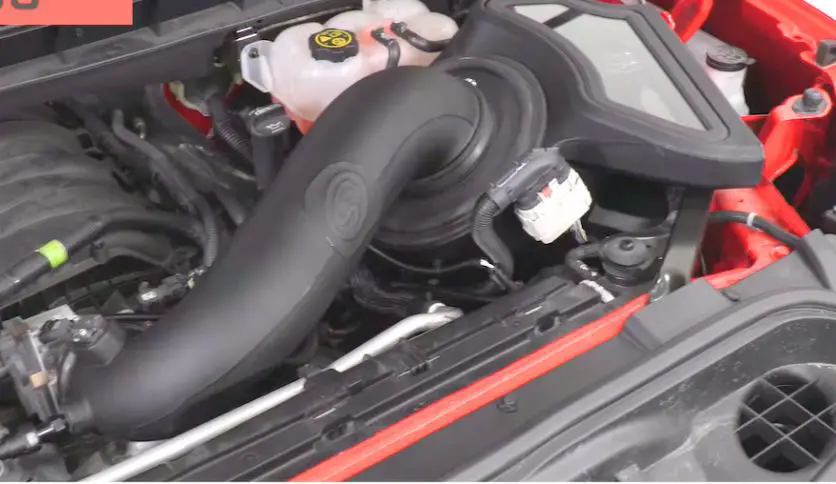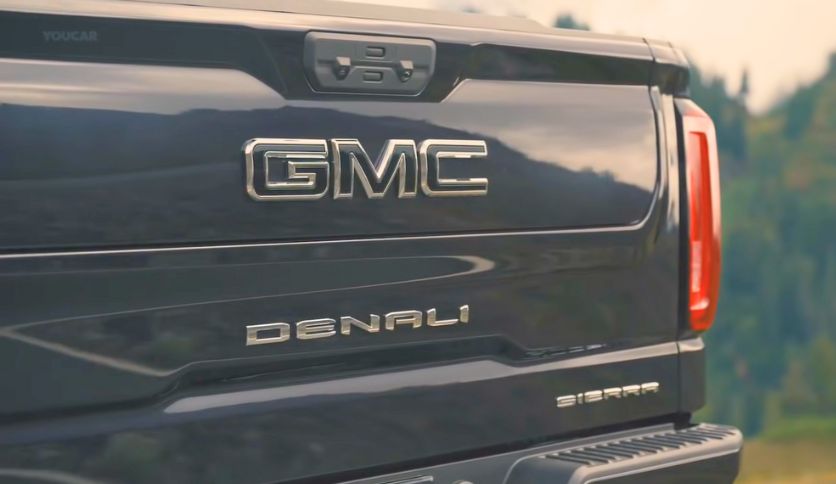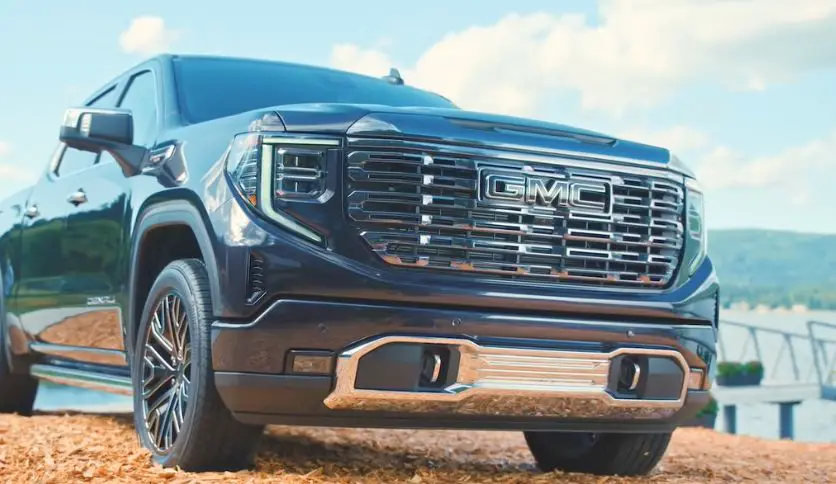Are you considering giving your car that extra oomph with a cold air intake (CAI) system? You’re likely pondering over how much it’s going to set you back. Well, buckle up, because we’re diving deep into the world of CAI and the costs involved in getting that cool breeze into your engine.
Contents
What’s a Cold Air Intake and Why Should You Care?
Imagine your engine as a large pump. It works by pulling in air, mixing it with fuel, and creating combustion to power your car. A cold air intake system is designed to replace your vehicle’s standard airbox with one that is designed to draw cooler air from outside the engine compartment. Cooler air is denser, containing more oxygen, which is essential for the combustion process that powers your engine. By allowing your engine to breathe better, a CAI system can improve your vehicle’s performance, including horsepower and throttle response.
But why does this matter to you? If you’re a car enthusiast looking to enhance your driving experience, or simply someone who wants a little more pep from your daily driver, a CAI can make a noticeable difference. Plus, it’s one of the more affordable modifications you can make to your vehicle with a potential for improved fuel efficiency as a bonus.
DIY or Pro? The Installation Showdown

When it comes to installing a GMC Sierra Cold Air Intake 1500, you have two choices: do it yourself or hire a professional. Your decision will likely hinge on your confidence with car maintenance, your budget, and how you value your time.
DIY Installation: A Quick Look
- Tools Needed: The installation process is generally straightforward and doesn’t require an extensive toolkit. A standard set of screwdrivers, a set of wrenches, and perhaps a few other basic tools should suffice.
- Time and Skill: If you’re comfortable with basic car maintenance tasks, you can likely handle a CAI installation. Most kits come with detailed instructions, and there are plenty of tutorials available online. Expect to spend a few hours from start to finish.
- Pros and Cons: The obvious advantage of DIY is the cost savings. You’re essentially only paying for the parts with no labor costs. However, the downside is the risk of incorrect installation, which could lead to engine warning lights, poor performance, or even damage.
Professional Installation: The 411
- What to Expect: Taking your car to a professional for CAI installation usually means a quick and hassle-free experience. You can expect to leave your car at the shop for a few hours or potentially less if you schedule in advance.
- Pros: The biggest benefit of professional installation is peace of mind. You’ll have experienced technicians working on your vehicle, and the work will often come with some form of warranty. If anything goes wrong, you’re not on the hook to fix it.
Breaking Down the Costs
The cost of a cold air intake system varies widely based on the make and model of your vehicle and the quality of the system you choose. Entry-level kits can start around $100, while high-end systems can cost upwards of $500. If you opt for professional installation, labor costs can add an additional $50 to $200 to your bill.
Picking the Perfect Cold Air Intake
Choosing the Best Cold Air Intake for GMC Sierra 1500. You’ll need to consider your vehicle’s specific make, model, and engine type. It’s also important to think about the quality of the materials and the reputation of the brand. A higher-quality intake may cost more upfront but can offer better performance and longevity.
The Extra Mile: Additional Costs
After installation, there may be additional costs to consider. Your vehicle may require a tune to ensure it’s running optimally with the new system. Additionally, you should consider the potential impact on your vehicle’s warranty and ensure that the system you choose complies with your state’s emissions regulations.
The Long Haul: Is It Worth It?
The potential benefits of a CAI system include improved fuel efficiency and engine performance, which can lead to cost savings over time. Additionally, if you ever decide to sell your vehicle, a well-maintained CAI system can be a selling point.
A Step-by-Step Cost Breakdown

When it comes to upgrading your 2010 Mustang with a new cold air intake (CAI) system, understanding the financial commitment is crucial. Here’s a detailed breakdown of the costs you might encounter along the way.
Step 1: Purchasing the Cold Air Intake Kit
- Mid-Range CAI System Cost: Expect to spend around $300 for a decent mid-range CAI kit. This should include all the necessary components like the intake tube, filters, and hardware. Prices can vary based on brand, material quality, and specific vehicle fitment.
Step 2: Assessing Installation Options
- DIY Installation: If you have a basic set of tools (screwdrivers, wrenches, ratchet and socket set) and a free afternoon, you can install the CAI yourself. This approach saves you the labor costs that a professional mechanic would charge.
- Professional Installation: If you’re not mechanically inclined or simply prefer the assurance of professional work, you can have the CAI installed at a shop. Labor costs typically range from $100 to $150, depending on the shop’s hourly rate and the complexity of the installation.
Step 3: Considering Additional Expenses
- Sales Tax: Don’t forget to factor in the sales tax for the CAI system, which varies by state.
- Shipping Costs: If you’re ordering your CAI online, there might be additional shipping fees unless the retailer offers free shipping.
- Tools: If you’re installing the CAI yourself and don’t have the necessary tools, you’ll need to purchase or borrow them.
- Tuning: Some vehicles may require a tune-up post-installation to ensure the engine runs correctly with the new CAI. This can cost anywhere from $100 to several hundred dollars if you need a custom tune.
Step 4: Calculating the Total Cost
- DIY Total Cost: If you go the DIY route, your total cost is fairly straightforward: the price of the CAI kit plus any tools you need to buy and potential shipping and taxes. This could mean a total in the ballpark of $300 to $350.
- Professional Installation Total Cost: With professional installation, add the labor costs to the price of the CAI kit, plus any additional taxes and shipping fees. This could bring your total to approximately $400 to $500.
Step 5: Long-Term Value Consideration
- Fuel Efficiency: A properly installed CAI can improve fuel efficiency, potentially saving you money on gas over time.
- Performance Gains: The performance boost, while it doesn’t translate directly into dollars saved, can be considered a value add for your driving experience.
Step 6: Post-Installation
- Maintenance Costs: Over time, you’ll need to replace the filter or clean a reusable one, which is a minor ongoing cost.
- Warranty: If the installation leads to any issues, and you’ve installed the CAI yourself, you may be responsible for any repair costs. With professional installation, the work may be guaranteed, saving potential future expenses.
FAQs and Common Concerns
Will it void my warranty?
It might. Always check with your manufacturer before making modifications.
Do I need to tune my engine after?
It’s not always necessary, but it’s recommended to ensure optimal performance.
Maintenance?
Regular cleaning and inspection will keep your CAI system in top shape.
In conclusion
whether you choose to install a cold air intake system yourself or opt for professional installation, understanding the costs involved is key. By considering the factors outlined above, you can make an informed decision that will enhance your driving experience without breaking the bank.

Hello, this is Wesley Shelton, currently working in a car restoration company for over 5 years. Before that, I was a worker at a small car repair shop. As I was a car freak from a young age and worked as a professional for over half a decade, I think I now know pretty much everything about every car and its parts. To establish my name as a professional and help others by sharing my knowledge, I’ve created this website, which I work on whenever I get free time. I hope you’ve enjoyed my informative blog!


